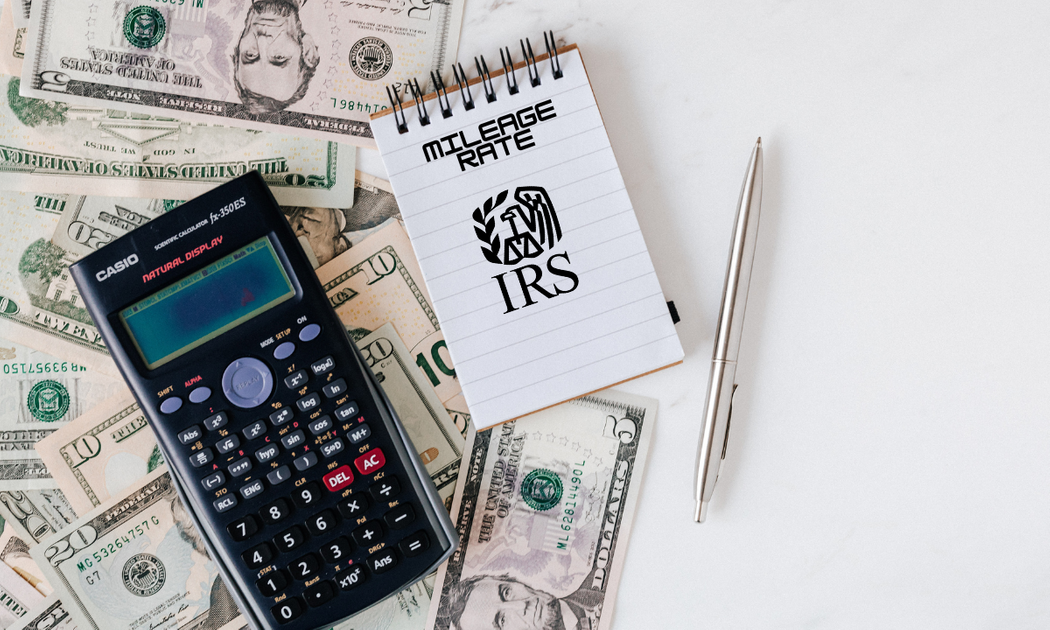The IRS mileage rate increased by 3 cents going into 2025.
Photo: IRS/Automotive Fleet
As 2025 kicks off, companies are set to write off more for their drivers’ mileage. The Internal Revenue Service has slightly increased the 2025 business mileage standard rate of 70 cents, up from 67 cents last year.
The rate, which went into effect Jan. 1, applies to fully-electric and hybrid cars, as well as gasoline and diesel-powered vehicles.
What is the Business Mileage Standard Rate?
The IRS business mileage standard cents-per-mile (CPM) rate provides a tax-free threshold for reimbursements that U.S. employers can offer to employees who use their personal vehicle for work-related purposes.
The IRS calculated the rate by leveraging data from Motus, which offers vehicle reimbursement and driver risk mitigation solutions.
By analyzing key automotive trends from the preceding year, Motus leverages its expertise to provide critical insights that have supported the IRS mileage rate since 1981.
Businesses are not obligated to use this amount; it is a standard set by the IRS that takes into account vehicle costs and other factors.
What Led to the Change?
According to Motus, driving costs have changed over the last year, due to some key factors and trends, including:
- Increased cost to buy a car: vehicle acquisition costs continue to rise, increasing depreciation.
- Increased cost to own a car: auto insurance, maintenance, and repair costs all increased year-over-year.
- Decreases in fuel prices: though fuel prices have fluctuated throughout the year, overall fuel prices in 2024 were lower than in 2023.
How the Rate Differs for High-Mileage Drivers
The IRS Fixed and Variable Rate (FAVR) reimbursement method, which can be customized based on a number of factors, can be a more accurate and equitable solution for high-mileage drivers.
FAVR ensures compliance by tailoring reimbursements to localized costs of vehicle ownership and fuel aligned to the company’s standards for what the role requires, Motus noted.
Together, FAVR and CPM programs enable companies to provide fair, compliant reimbursement strategies that address the needs of every driver, regardless of their annual business mileage.
“So many factors continue to impact driving costs in significant ways,” Motus CEO Phong Nguyen said. “It’s essential for business leaders to support their employees who drive as a part of their job – and rely on their vehicles for work – by implementing fair and accurate reimbursement strategies while also optimizing reimbursement spend and mitigating waste and risk.”

